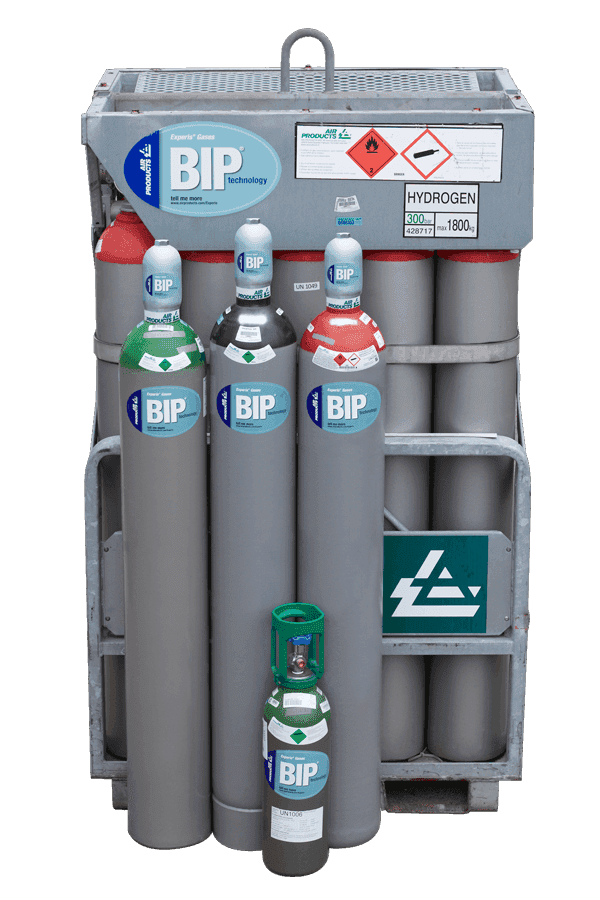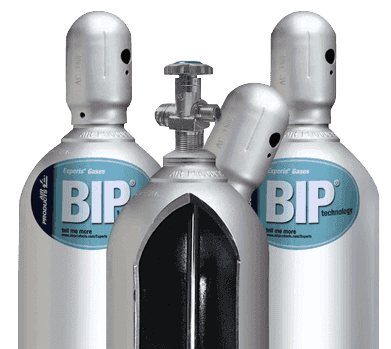What does it do?
GC can be used to identify the make-up of virtually any material. Once a sample has been prepared, it is injected into the GC along with a carrier gas, its component parts are separated in the column and identified when they reach the detector.

